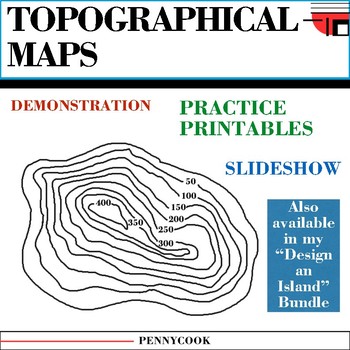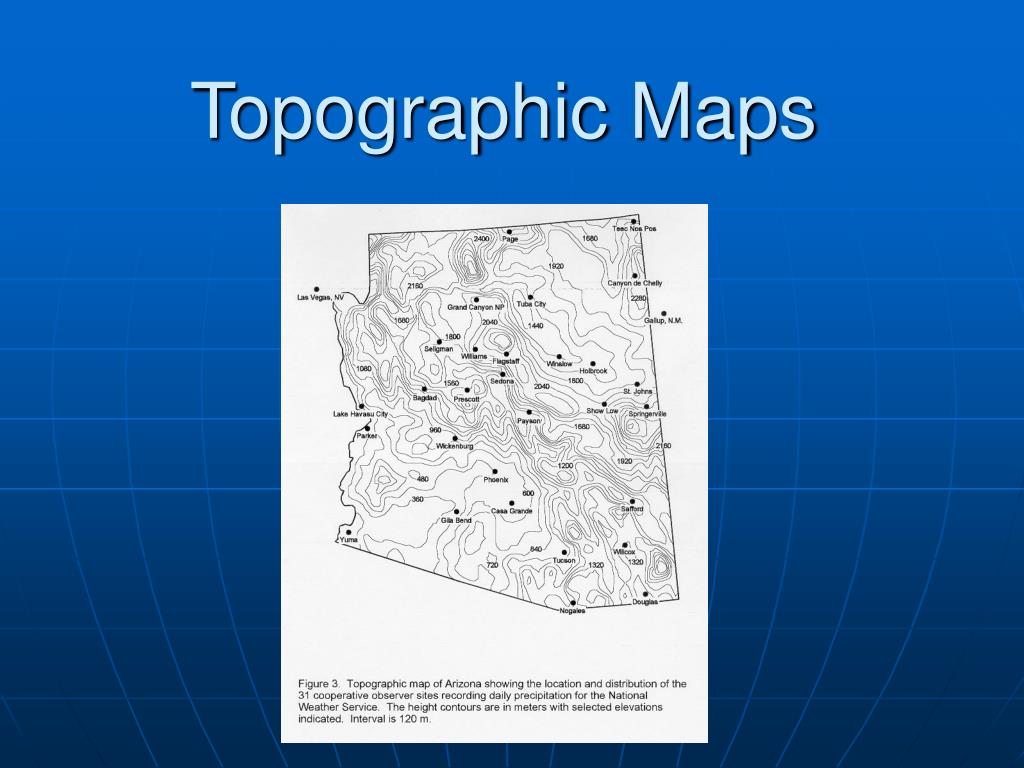

It possesses a certain degree of flexibility and offers the property of direct retention. It is the only component of the removable partial denture that lies on the tooth surface apical to the height of the contour. Retentive terminal : It is the terminal end of the retentive clasp arm. Retentive arm : It is the part of the clasp comprising the shoulder, arising from the minor connector and located above the height of the contour. Reciprocal arm : A rigid clasp arm placed above the height of contour on the side of the tooth, opposing the retentive clasp arm. It must lie above the height of contour and provide some stabilization against horizontal displacement of the prosthesis. Shoulder : It is the part of the clasp that connects the body to the clasp terminals. Rest : It is the part of the clasp that lies on the occlusal, lingual or incisal surface of a tooth and resist tissueward movement of the clasp.īody of the clasp : It is the part of the clasp that connects the rest and shoulder of the clasp to the minor connector. Retentive arm: Provides direct retention below the height of the contour Reciprocal arm: placed above the height of contourĥ. Body – Connects rest and clasp arms to minor connectorĤ. Gingivally approaching/ Infra-bulge/ Bar/ Roach/ Ney Type II Claspġ.Occlusally approaching/ Supra-bulge/ Akers/ Circumferential/ Ney Type I clasp.

In the presence of dislodging forces, the clasp assembly provides retention to the prosthesis.Ī dental surveyor is used to identify the tooth contours that are favorable for the partial denture retention.

The tip of the retentive claps contacts the surface of the tooth apical to the height of contour in a passive state. These are metal clasp arms with limited flexibility that flex as they pass over the height of contour of the abutment teeth. Most common method for extra-coronal direct retention. The design resides within the normal contours of an abutment and functions to retain and stabilize a partial denture.Ģ categories: Precision attachments and Semi-precision attachments. They act as stress breakers by permitting vertical movement of the prosthesis during occlusal loading.įormulated by Dr. Secondary Retention: Achieved by intimate relationship of the denture base and the rigid major connector to the underlying soft tissues.Įngages the external contour of an abutment and functions to retain and stabilize a RPD.Ģ categories : Retentive clasp arm and Extra-coronal attachmentsĮxtra-coronal attachments also have matrix and patrix. Primary retention: This is mechanical action. Retention is that quality inherent in the removable partial denture that resists the vertical forces of dislodgement for e.g., the force of gravity, the adhesiveness of foods or the forces associated with the opening of the jaws.Ī retainer is defined as any type of clasp, attachment or a device used for the fixation, stabilization or retention of a prosthesis.ĭirect retention is the retention obtained in a removable partial denture by the use of attachments or clasps to resist the displacement or removal of the partial denture from the abutment teeth in a direction opposite to that of their insertion.įactors affecting the retention in Removable Partial Dentures Direct retainer is any unit of removable partial denture that engages an abutment tooth in such a manner as to resist displacement of the prosthesis away from basal seat tissues byġ.Functional means: by engaging a tooth undercut present cervically to the height of the contour.Ģ.Mechanical means: to support, provide retention and bracing the tooth


 0 kommentar(er)
0 kommentar(er)
